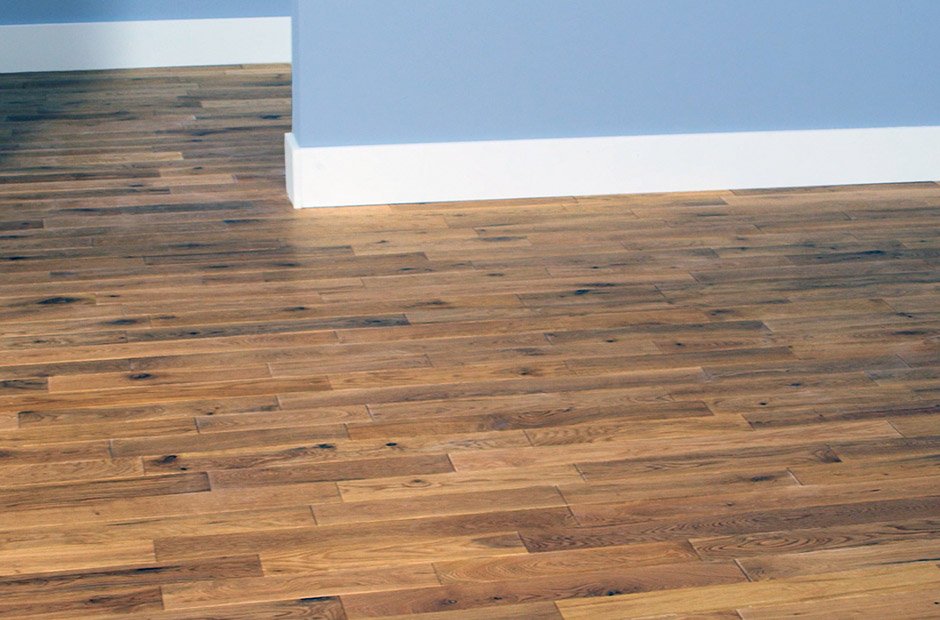Taking on a DIY floor finishing project can be a rewarding experience, transforming your space with a personal touch. Whether you’re refreshing old floors or finishing new ones, the process involves careful preparation, the right materials, and some handy tips to ensure a flawless application. This guide will walk you through the essentials of DIY floor finishing, offering insights and tricks to achieve professional-looking results.
Understanding Floor Finishing
Floor finishing involves applying a protective and decorative coating to your floors, enhancing their durability, appearance, and longevity. The types of finishes you can choose from include oil-based finishes, water-based finishes, waxes, and polyurethane floor paints. Each type has its advantages and ideal use cases, depending on your floor type, traffic levels, and desired aesthetic.
Polyurethane floor paints are particularly popular due to their durability and versatility. They offer excellent resistance to abrasion, chemicals, and moisture, making them suitable for both residential and commercial spaces. When working with polyurethane, it’s crucial to follow specific steps and tips to achieve a smooth, even finish.
Preparation is Key
The success of your floor finishing project largely depends on thorough preparation. Skipping or rushing through this stage can lead to subpar results, so take your time to get it right.
- Clear the Space:
- Remove all furniture, rugs, and any other items from the room. Ensure you have ample space to work without obstructions.
- Clean the Floors:
- Sweep and vacuum the floor to remove dust and debris. For best results, follow up with a damp mop to eliminate any lingering dirt.
- Repair and Sand:
- Inspect the floor for any damages like cracks, holes, or scratches. Fill these imperfections with wood filler and allow it to dry. Once repaired, sand the entire floor to create a smooth, even surface. Use a drum sander for large areas and an edge sander for corners and edges. Finish with a fine-grit sandpaper to ensure the surface is ready for staining or finishing.
- Remove Dust:
- After sanding, thoroughly clean the floor again to remove all dust particles. Use a vacuum followed by a tack cloth to pick up any remaining dust. This step is crucial for preventing imperfections in the finish.
Choosing and Applying the Finish
Selecting the right finish for your floor is vital. The finish should complement the wood type, the room’s use, and your desired aesthetic.
- Selecting the Finish:
- Consider the type of wood and the room’s function when choosing your finish. Oil-based finishes offer a warm, amber tone and are durable but take longer to dry. Water-based finishes dry faster and have a clearer finish, making them suitable for light-colored woods. Polyurethane finishes are excellent for high-traffic areas due to their durability and resistance to wear.
- Applying the Finish:
- Before applying any finish, read the manufacturer’s instructions carefully. Each product has specific application guidelines that ensure optimal results.
- Test a Small Area:
- Always test the finish on a small, inconspicuous area of the floor to ensure it meets your expectations in terms of color and finish.
- First Coat:
- Use a high-quality brush or applicator pad to apply the finish. Start from the farthest corner of the room and work your way towards the exit to avoid stepping on the wet finish. Apply the finish in thin, even coats, following the wood grain to prevent streaks and bubbles.
- Drying Time:
- Allow the first coat to dry completely as per the product’s instructions. Proper drying is crucial to achieving a smooth, durable finish. Ensure the room is well-ventilated to aid the drying process.
- Sanding Between Coats:
- Once the first coat is dry, lightly sand the floor with fine-grit sandpaper to remove any imperfections and ensure a smooth surface for the subsequent coat. Clean the floor thoroughly to remove all sanding dust.
- Additional Coats:
- Apply additional coats of finish as needed, usually two to three coats for optimal protection and appearance. Repeat the sanding and cleaning process between each coat.
Tips and Tricks for a Flawless Finish
Achieving a flawless floor finish involves a combination of technique, patience, and attention to detail. Here are some tips and tricks to help you get the best results:
- Control the Environment:
- Temperature and humidity can affect the drying and curing of your finish. Aim to work in a well-ventilated area with a temperature between 60-75°F (15-24°C) and low humidity levels.
- Use Quality Tools:
- Invest in high-quality brushes, rollers, and applicator pads. Cheap tools can shed bristles or leave streaks, compromising the finish quality.
- Avoid Overworking the Finish:
- Apply the finish in smooth, even strokes without going over the same area multiple times. Overworking can lead to bubbles and uneven coverage.
- Mind the Edges:
- Pay special attention to edges and corners, where it’s easy to miss spots or apply too much finish. Use an edge applicator or a small brush to ensure even coverage.
- Maintain Cleanliness:
- Keep the workspace as dust-free as possible during the finishing process. Close windows and doors to prevent dust from settling on the wet finish.
- Use Protective Gear:
- Wear gloves, safety goggles, and a mask to protect yourself from fumes and dust. Ensure the room is well-ventilated to minimize exposure to harmful chemicals.
- Patience Pays Off:
- Allow ample drying and curing time between coats and before moving furniture back into the room. Rushing this process can lead to damage and a less durable finish.
- Regular Maintenance:
- Once your floor is finished, maintain it by using appropriate cleaning products and techniques. Avoid harsh chemicals and use protective pads under furniture to prevent scratches.
Final Thoughts
DIY floor finishing can be a highly satisfying project, transforming your floors with a fresh, durable, and beautiful finish. By carefully preparing your floors, selecting the right finish, and applying it with precision, you can achieve professional-quality results. Remember to control your environment, use quality tools, and take your time to ensure a flawless application. With these tips and tricks in mind, you’re well on your way to enjoying stunning, long-lasting floors that enhance the beauty and functionality of your space.







